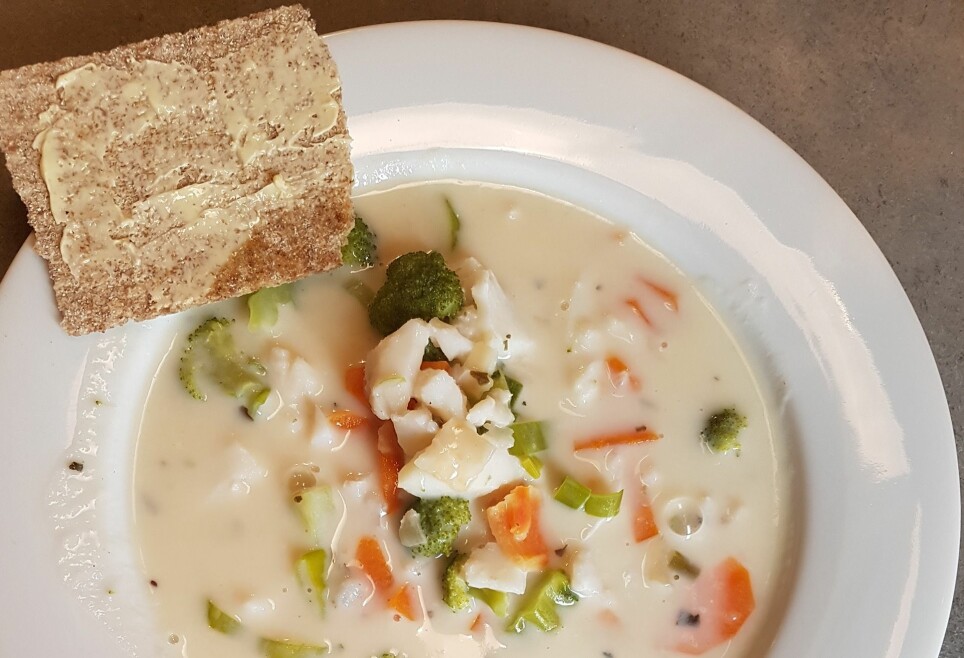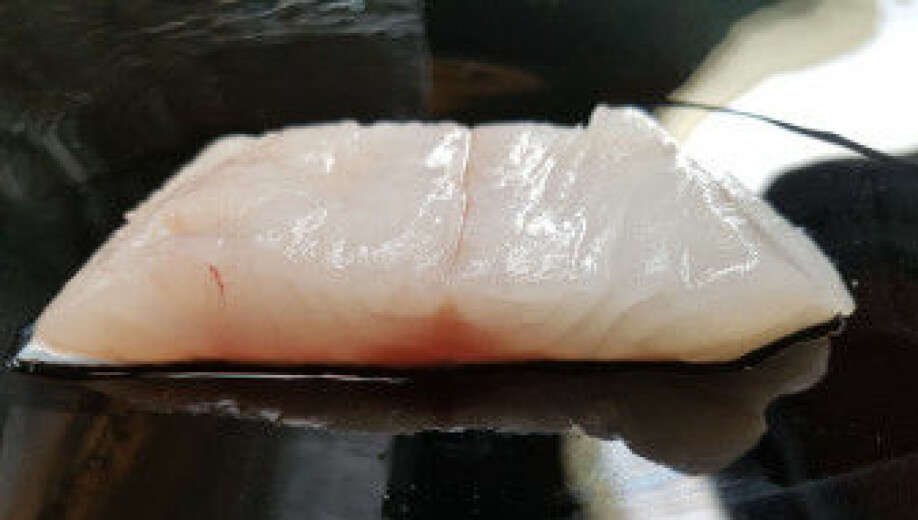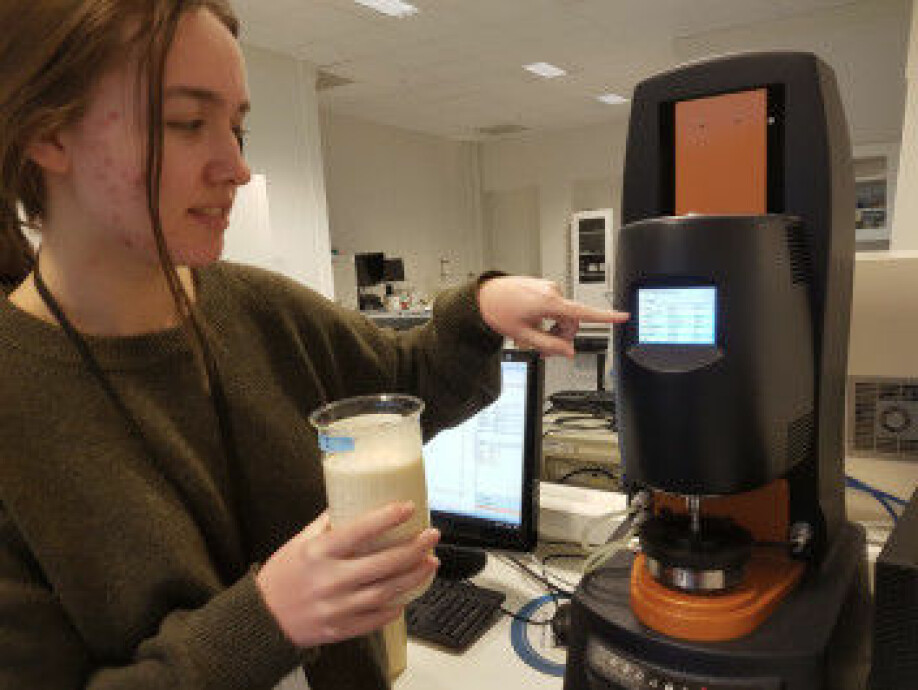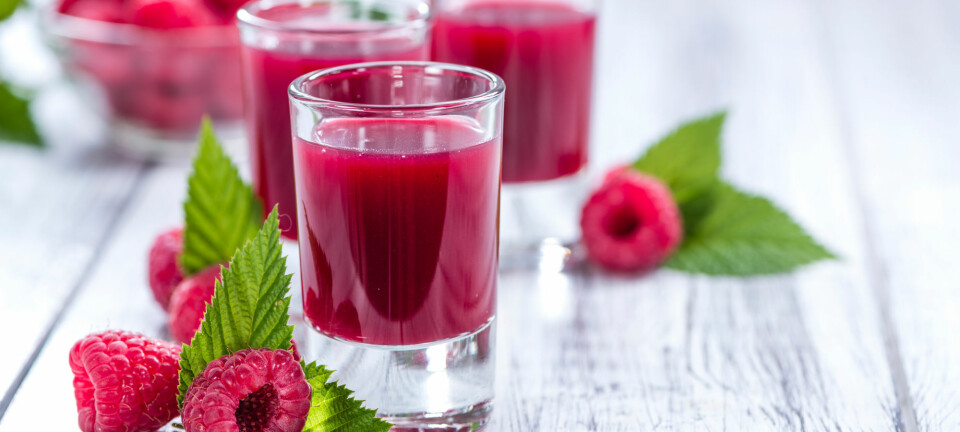
What type of food will you need when you get sick or old?
Imagine that you have difficulty chewing your food because you have poor chewing and swallowing functions – this is the situation for many elderly and sick people. A personalised fish soup that has a high protein content is a good solution to this problem. It tastes great, is nutritious, requires little chewing and is easy to swallow.
If you are healthy and do not have any underlying medical conditions, you can eat a normal diet according to the current dietary guidelines and receive a sufficient amount of nutrients. This also means that you do not need to eat fish soup that contains extra proteins because fish soup is already nutritious and healthy in relation to most recipes.
However, in recent years, there has been a significant worldwide increase in lifestyle diseases. In addition, we are entering an age boom period, where there will be almost twice as many people over the age of 67 compared to today. Many of these people will have to live in their own homes and eat the correct food according to their state of health.
The role of food in relation to good health, as well as the opportunity of experiencing many active years, has recently received more attention from research communities, authorities, international organisations and consumers.
Today’s food products have been inadequate in relation to groups with special protein and nutritional requirements, and this has resulted in an increased demand for personalised products. So far, there has been a particular demand from the healthcare sector.
There is a great need for knowledge regarding personalisation
We are participating in several projects that address different aspects of personalisation, including consumer insights, nutritional enrichment, nutrient uptake and texture adaptation.
We have spent a lot of time working on the combination of protein enrichment and texture adaptation. Several major EU projects now highlight the importance of personalised diets at the individual level, and they are researching a number of individual factors such as genetics, intestinal flora, lifestyle and age.

Currently, Nofima is working on personalised food that caters for groups instead of individuals. Examples of societal groups are children, people with special dietary requirements, the elderly, but also people who exercise a lot.
As the average age increases, the number of people requiring specially adapted food will also increase. Age and disease-related physiological changes in the oral cavity and throat lead to eating problems for many people. For some people, these problems can start at the age of 60 – 70 and are exacerbated by disease conditions and the use of medications. Most people would say that a piece of cooked cod is easy to chew, but it may still create difficulties for some people.
Loss of appetite is a common problem for elderly and sick people. Diminished sense of taste and smell, and physiological and psychological factors may play a role. Reduced food intake and irregular meal times can lead to insufficient intake of energising nutrients (proteins, carbohydrates and fats), vitamins and minerals. This can lead to malnutrition and it may impair general health conditions and increase the risk of disease and infections.
Elderly and sick people require protein enrichment
According to data from Statistics Norway, the number of elderly people will increase rapidly over the next few years. If Statistics Norway’s forecasts are correct, the population over 70 years of age will rise from 12% today to 21% in 2060. The greatest increase applies to the population group over 80 years of age.
This will require additional expertise for those working in nursing homes, hospitals and everyone working in home-based services in the future. Pressure on health services will increase, and more people will have to live at home and receive care there, or acquire their own food with the help of relatives and volunteers.
It is clearly time to focus more on food for the elderly, and the provision of good diets for the elderly is about social economics and the welfare of individuals. Regarding the elderly, there is often a huge difference in food requirements from one person to another, and there is therefore a need for more personalised food and individual solutions.
Back to fish soup with extra proteins
We are now researching fish soup with extra protein additives intended for societal groups that require an increased amount of proteins in their diet.
In collaboration with Stavanger University Hospital, we are developing new protein-rich varieties that cater for sick and elderly people in hospital. Fish soup is one of the products, but we are also working on other fish products that have a soft consistency.

There are several ways to measure and describe consistency, and we use instruments to measure parameters such as texture, rheology and viscosity. These instruments describe the softness and flow properties of the food, which in turn tells us how easy it is to chew and swallow. This work also includes a lot of testing in relation to taste and appearance, seeing as appetite and attractive food are important factors regarding food intake.
Generally speaking, an increased content of proteins in food products will result in the body absorbing more protein.
It is important to follow the Norwegian Directorate of Health recommendations which state that protein intake should account for 10-20 per cent of energy intake. However, from the age of 65, protein should contribute 15-20 per cent of energy intake.
Other source material states that an intake of 0.8-1.0 g of protein per kilogram of body weight per day is recommended for adults, while 1.1-1.3 g of protein per kilogram of body weight per day is recommended for the elderly. This is because the elderly lose muscle mass (the phenomenon is called sarcopenia), and the loss should therefore be compensated with increased protein intake.
However, one should bear in mind that there are large individual differences regarding how much protein is absorbed and which proteins the body can utilise. Many factors come into play, and the types and composition of protein we enrich the food with therefore have an impact on the uptake.
Research on the intestinal uptake of proteins is conducted in model systems, and Nofima has its own model systems that simulate the intestines of elderly people.
Making fish soup sustainable
As an additional factor in research and development, we add more proteins in the form of fish hydrolysates, along with the most common milk proteins casein and whey.
A fish hydrolysate consists of proteins that are extracted from residual raw materials in the fishing industry. After filleting, there is still a lot of flesh left on the backbone of a fish. This flesh can be removed by using enzymes that also break up the protein chains.
Then, the hydrolysates undergo a purification process and they are finally dried into a usable protein powder. Some of the protein hydrolysates have a bitter taste and their use must therefore be tested in sample productions where different amounts and types are added.
Utilisation of fish hydrolysates from residual raw materials in the fishing industry is an important field of research. It provides value creation in the fishing industry and helps to achieve the UN’s goal of better resource utilisation and sustainability.
Enriching fish soup is relatively easy
At some point in life, either you or someone close to you may need personalised food. Fish soup is a relatively easy food product to enrich with proteins. You can make fish soup from scratch or start with an instant soup from a packet. By replacing whole milk with a milk that has a higher amount of protein, e.g. Styrk from Tine, you are well on your way.
You can also add protein powder that can be purchased in health food stores. This powder can be stirred in with the rest of the ingredients before heating. The more protein you add, the thicker the soup.
Remember to follow the general recommendations regarding protein intake and dosages listed on the pack of protein powder.
































